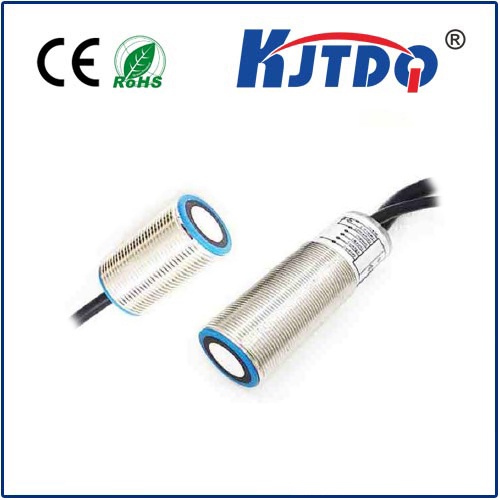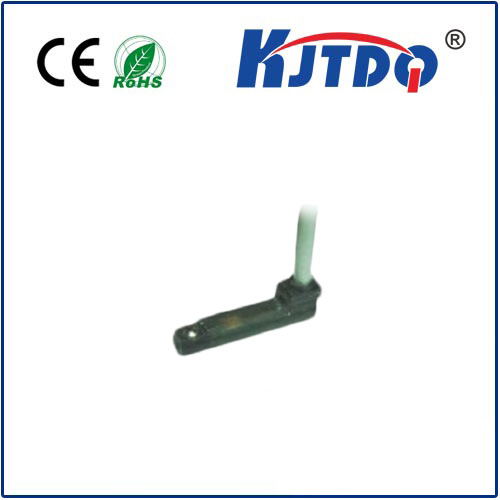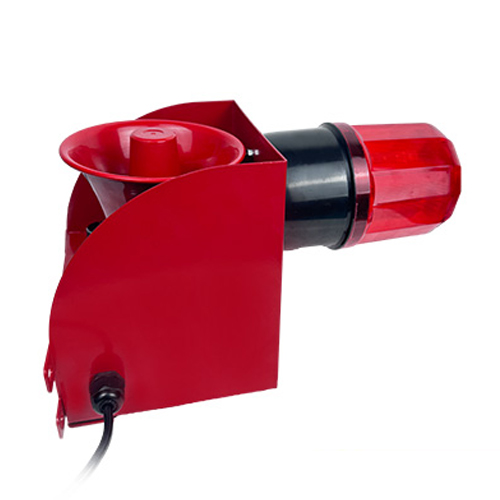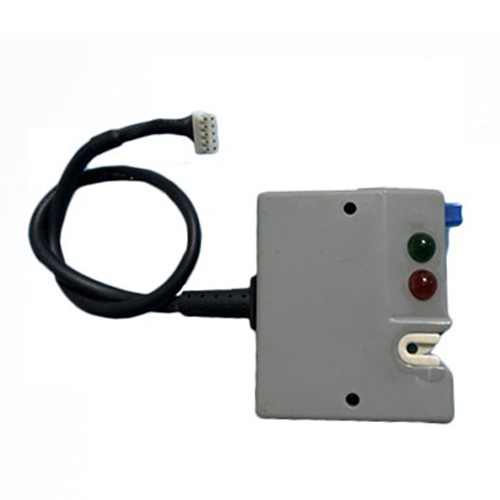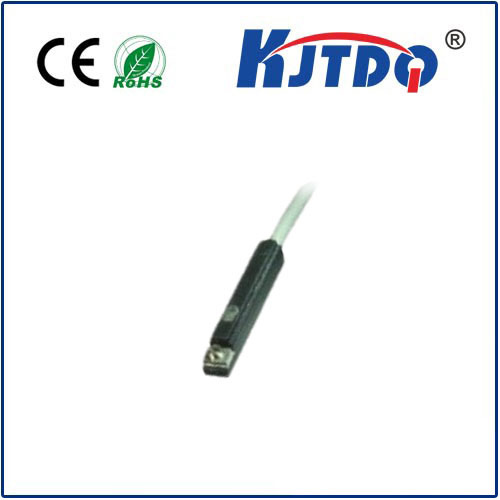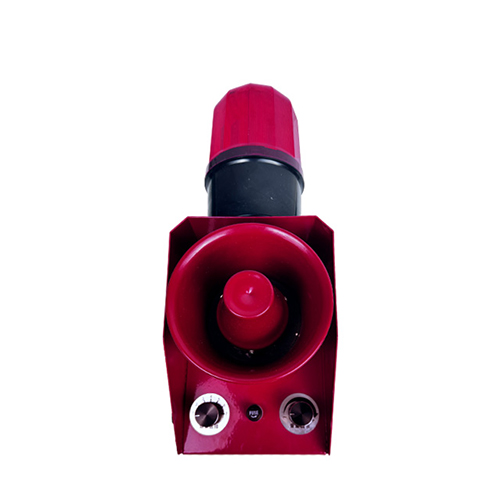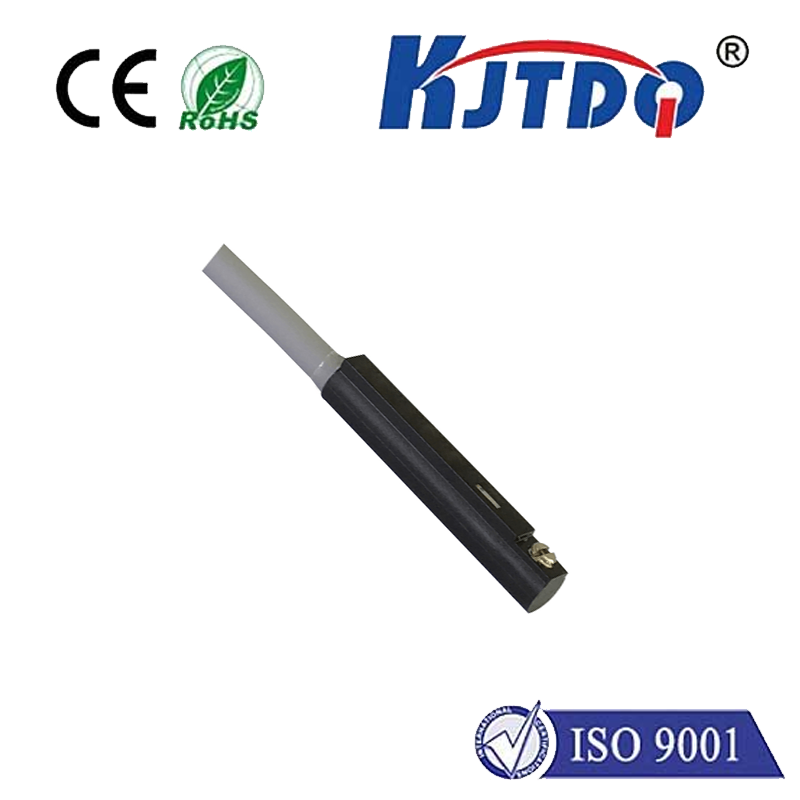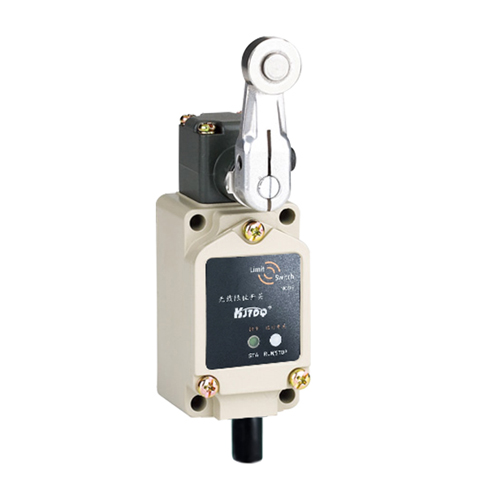temperature transmitter pt100
- time:2025-08-25 03:26:44
- Click:0
Unlocking Precision: The Essential Guide to PT100 Temperature Transmitters
Imagine monitoring a critical chemical reaction where a fraction of a degree determines product quality, or ensuring pasteurization temperatures in food processing are exact for safety. In these high-stakes environments, accurately capturing temperature isn’t a luxury – it’s an absolute necessity. That’s where the powerful combination of a PT100 sensor and a dedicated temperature transmitter comes into play, forming an indispensable duo in modern industrial measurement and control. This guide dives into how this pairing delivers the reliable, high-precision temperature data vital for countless applications.
At its core, the PT100 is a specific type of Resistance Temperature Detector (RTD). Its name reveals its key characteristic: “PT” denotes the platinum sensing element (highly stable and linear), and “100” signifies that it exhibits a resistance of exactly 100 ohms at 0°C (32°F). As temperature changes, so does the electrical resistance of the platinum wire in a highly predictable and repeatable manner, typically measured according to standards like IEC 60751 or ASTM E1137. This predictable resistance-temperature relationship is the foundation of its accuracy.
So, why is a temperature transmitter needed? Why not just connect the PT100 sensor directly to the control system? While the PT100 provides an excellent resistance signal representing temperature, this raw signal presents several challenges in industrial settings:

- Low Signal Strength: The resistance change per degree (typically ~0.385 Ω/°C for Pt100) results in a very small voltage signal, often just millivolts. This low-level signal is highly susceptible to electrical noise (interference) prevalent in industrial environments like noisy motors or power lines.
- Lead Wire Resistance: The resistance of the cables connecting the sensor to the control room adds directly to the measured resistance. This introduces significant errors, especially with long cable runs or small temperature changes.
- Signal Transmission: Sending a fragile, low-level resistance signal hundreds of meters reliably is impractical. Control systems (PLCs, DCSs, SCADA) typically expect robust, standardized signals like 4-20mA current loops or digital protocols (HART, Foundation Fieldbus, Profibus PA).
This is the critical role of the temperature transmitter. It acts as the intelligent interface directly at or near the measurement point (often mounted in a connection head near the sensor or on a DIN rail in a control panel). Its primary functions include:
- Signal Conditioning: Amplifying the tiny resistance changes from the PT100 sensor into a strong, usable signal.
- Noise Rejection: Using sophisticated circuitry to filter out electrical interference and provide clean measurement data.
- Lead Resistance Compensation: Employing clever wiring schemes like 3-wire or 4-wire configurations to effectively cancel out the error introduced by the connecting cables. (This is a KEY advantage over simpler direct connections!)
- Signal Conversion: Transforming the conditioned temperature signal into a robust, standardized 4-20mA analog output (the industry workhorse for long-distance transmission) and/or digital fieldbus communication.
- Linearization: Converting the PT100’s slightly non-linear resistance-temperature curve into a perfectly linear output signal over the desired range.
- Configuration & Diagnostics: Modern transmitters often feature digital interfaces (like HART protocol) for remote setup, calibration verification, and diagnostics, enhancing system maintenance and reliability.
Understanding wiring configurations is crucial for optimal PT100 transmitter performance:
- 2-Wire: Simplest, but least accurate. The transmitter relies on the same two wires for both powering itself and measuring the sensor resistance, leading to significant errors due to lead wire resistance changes. Generally avoided for precision PT100 applications.
- 3-Wire: The most common industrial setup. An extra “sense” wire compensates for lead resistance in one leg of the bridge circuit within the transmitter. Provides excellent accuracy for most applications and is cost-effective.
- 4-Wire: Offers the highest possible accuracy. Uses two wires exclusively to excite the sensor and two separate wires to measure the voltage drop directly across the sensor, completely eliminating lead wire resistance effects. Essential for laboratory-grade precision or very long cable runs.
Where do PT100 and transmitters excel? Their combination is the go-to solution for applications demanding high accuracy, stability, and repeatability over a wide range (typically -200°C to +850°C, depending on sensor construction). Key industries include:
- Process Industries (Chemicals, Petrochemicals, Oil & Gas): Critical for reactor control, distillation columns, pipeline monitoring.
- Pharmaceutical & Biotechnology: Essential for sterility assurance (autoclaves, freeze dryers) and precise bioreactor control.
- Food & Beverage: Ensures correct pasteurization, sterilization, cooking, and chilling temperatures for safety and quality.
- Power Generation: Monitors boiler temperatures, turbine bearings, and cooling systems.
- HVAC & Building Automation: For high-accuracy climate control in critical environments.
- Automotive Testing: Engine, exhaust, and component testing under extreme conditions.
Selecting the right PT100 temperature transmitter involves careful consideration:
- Accuracy Class: Match the sensor (e.g., Class A, B) and transmitter specifications to your application’s tolerance needs.
- Temperature Range: Ensure both the PT100 sensor sheath and the transmitter electronics cover your operational span.
- Wiring Configuration: 3-wire is standard for industrial setups; opt for 4-wire for ultimate precision.
- Output Signal: 4-20mA is ubiquitous; choose digital protocols if integrating into a modern fieldbus network.
- Environmental Protection: Select appropriate housing (IP/NEMA ratings) for the installation environment (hazardous areas, washdown, etc.).
- Advanced Features: Consider needs for local display, HART/Fieldbus communication, programmable alarms, or specific safety certifications (SIL).
The PT100 sensor provides the fundamental, stable temperature-to-resistance relationship. However, it’s the temperature transmitter that unlocks its true potential in the real world of industrial automation. By overcoming signal weaknesses, compensating for installation realities, and delivering robust, standardized outputs, transmitters transform the PT100 from a sensitive probe into a powerful, reliable industrial instrument. For any process where precise, dependable temperature data is non-negotiable, the PT100 transmitter combination remains an essential engineering cornerstone.






